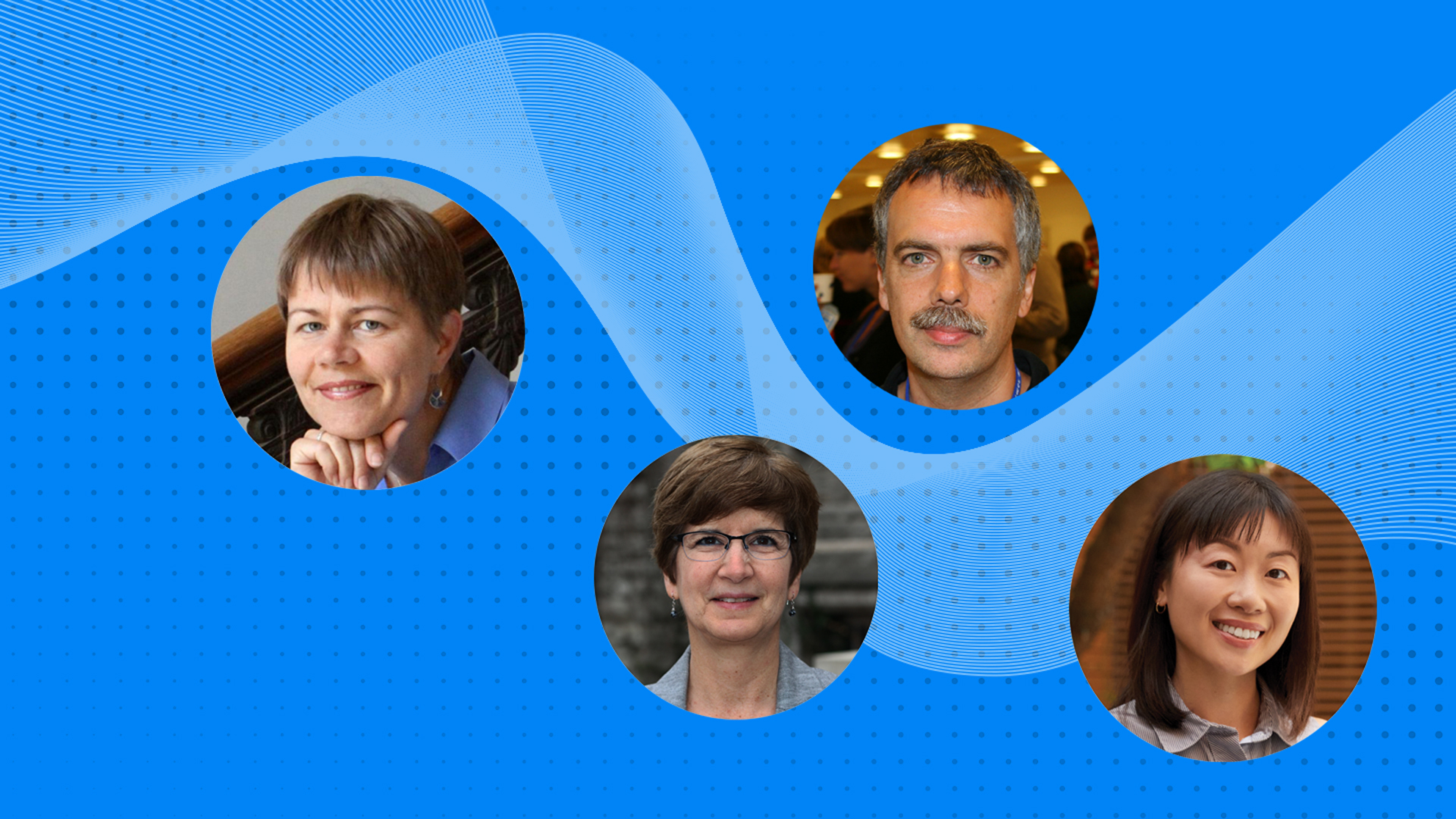By: Justine Brooks
25 Jul, 2023

With the growing rate of global immigration — and the increasing number of refugees fleeing climate disasters and political conflicts — migrant integration has become a greater and more pressing challenge for countries around the world. In the World Bank’s latest annual report, one chapter delves into why migration, despite its economic benefits, still faces political and social resistance.
Through CIFAR’s Boundaries, Membership & Belonging program, Irene Bloemraad, Victoria Esses, Will Kymlicka and Yang-Yang Zhou were invited to review the chapter and examine the challenges that impede global migrant integration.
“We are fortunate that the Chair of our Advisory Committee, economist Biju Rao, is at the World Bank and could put us in touch with the team developing the report,” explains Bloemraad, Co-Director of the program. “They were initially interested in knowing whether some migrants’ ‘cultural distance’ from the receiving country slows integration or undermines social inclusion. We didn’t think that was the right framework.”
The interdisciplinarity of the Boundaries, Membership & Belonging program allowed the researchers to bring unique and diverse perspectives, she explains, “drawing not just from economics, but also sociology, political science, social psychology and even philosophy.”
The team at the World Bank found this valuable and after providing substantial feedback on the chapter, the CIFAR team was invited to write a background paper laying out their alternative understanding.
Whether a migrant group is perceived as culturally close or culturally distant is not a product of objective differences, the four explain in their paper, but rather the result of a complex boundary-making process that is a function of history, politics and social institutions.
“There’s always going to be cultural differences if you look hard enough. And there’s always going to be similarities if you look hard enough,” says Yang-Yang Zhou, a CIFAR Azrieli Global Scholar. “But why is this particular boundary in this time and place in history, the boundary that matters?”
She explains that these boundaries are not objective; they change over time and place and are often politically motivated. The group cites the example of how white Protestants and Catholics in the United States came together in the early to mid-1900s amid the mobilization of Black Americans to claim equality. This religious divide which was previously seen as a radical cultural distance was put aside to defend white privilege and thus race displaced religion as the marker of cultural distance.
“If it is unhelpful to approach immigrant integration as a problem of cultural distance, it is equally wrong to then argue that successful integration can only be achieved through cultural assimilation,” explains Bloemraad. With this context, the researchers laid out a range of integration models that support migrants’ cultural maintenance and adaptation. While interventions often focus on small-scale interpersonal interactions — such as encouraging members of different groups to play sports together — the four emphasize that institutional interventions are also needed and can have more far-reaching effects.
One of these methods is citizenship. “Good integration requires that the native-born citizens come to view immigrants as citizens, and not just as ‘guests,’ or ‘visitors.’ Instead they are seen as people that have a right to be here, a right to a say, a right to move the furniture of society around,” explains program Co-Director Will Kymlicka.
Bloemraad adds that citizenship is important not only tangibly, but also symbolically. “Beyond the legal rights that might come with citizenship — such as the ability to vote in elections and have a voice on policies — inclusive citizenship also sends a powerful message of belonging and inclusion. That is a much more positive basis for integration.”
The four hope the paper and continued research in this area will help further this understanding and start deeper conversations with people in positions of power, says Zhou. “To realize something as simple as cultural distance is not an objective thing, hopefully it does give people who are in charge of policy a bit more pause when they’re designing different institutions and organizations and policies.”